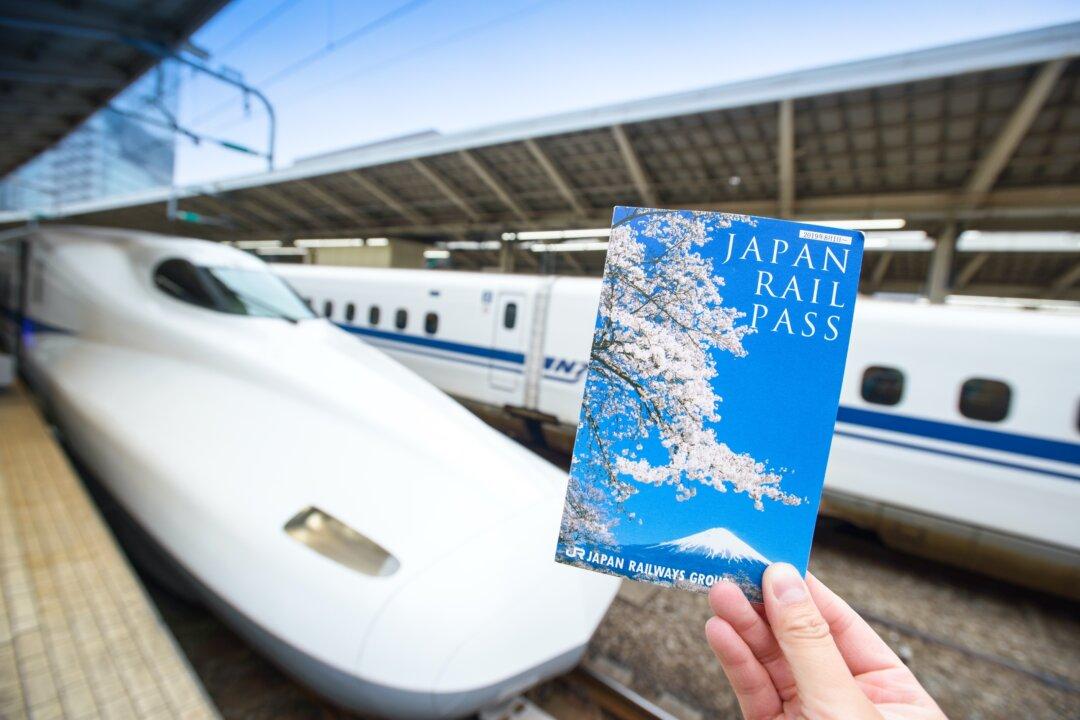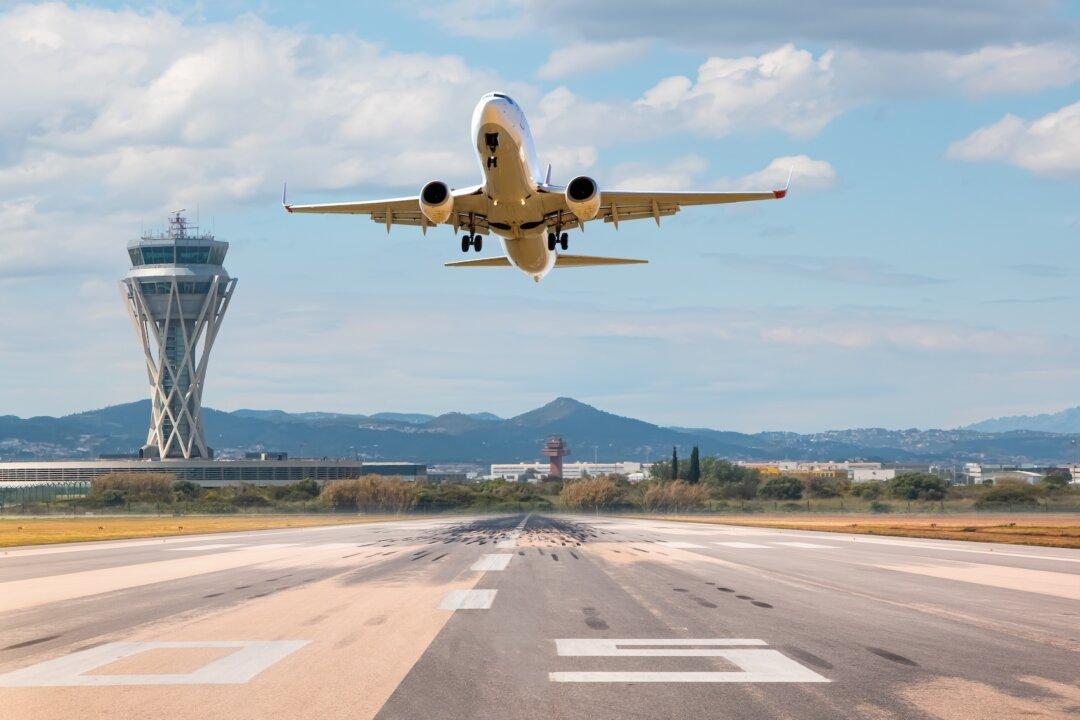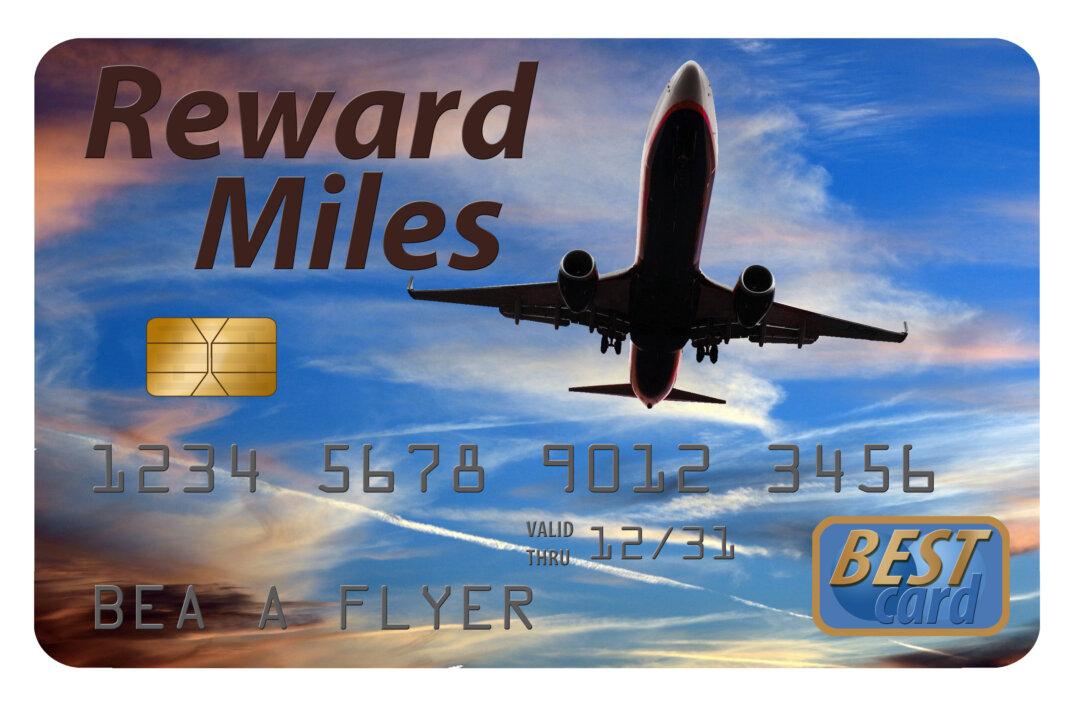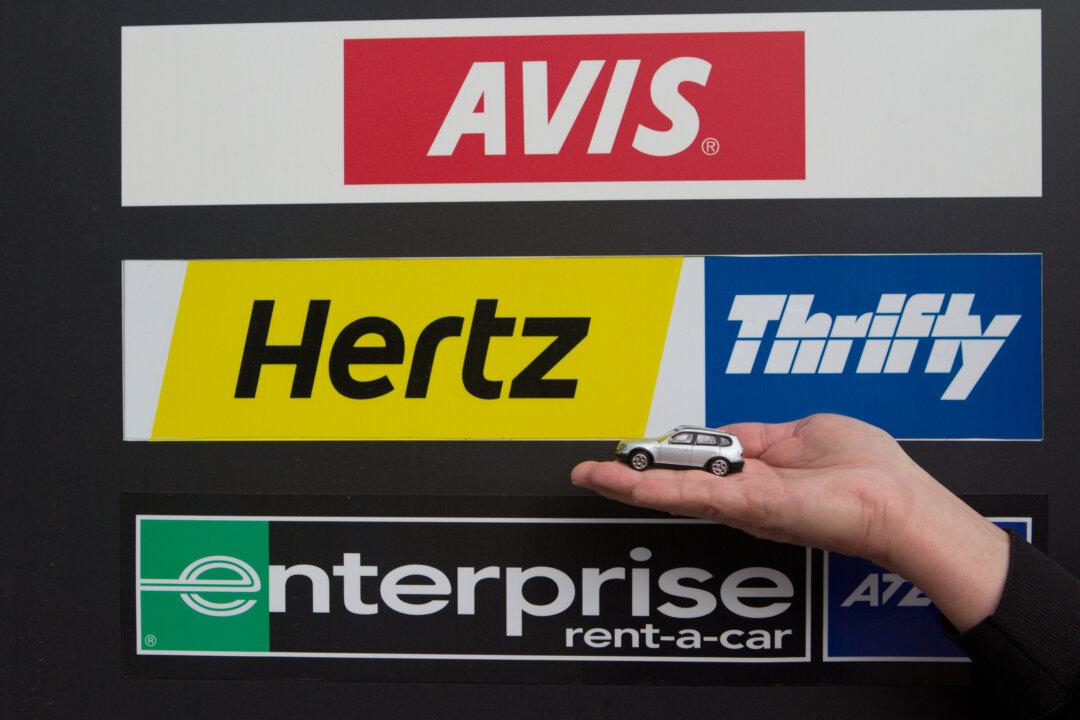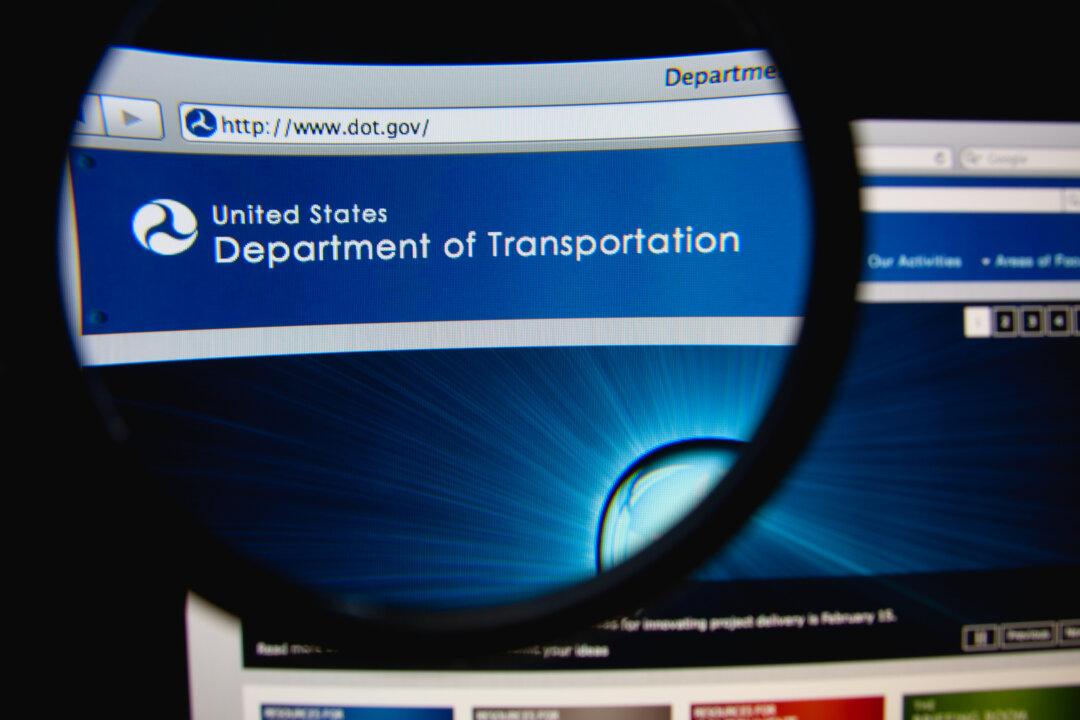The biggest rail pass news is not good news: This October, the prices for Japan Rail Pass will increase by a hefty 69 percent. At its current price of 29,650 yen (about $205), the base seven-day pass is a no-brainer: It costs about the same as one high-speed round-trip between Tokyo and Osaka or Kyoto, which is probably the country’s most popular train trip for international visitors. At the new prices, you have to re-examine the value. Meanwhile, if you’re heading to Japan this year, think about buying before the prices go up—you can buy for validity up to three months after purchase date. Passes are available for 7, 14, and 21 days of consecutive validity; unfortunately, Japan does not offer a flexible pass. Check details or buy at japan-rail-pass.com/.
I’m a big fan of Japan Rail Pass. You can use it on almost all Japan Rail trains, including most high-speed lines, without any fees for seat reservations. The last time I visited Japan, I splurged and got a pass for “Green Cars,” the equivalent of first class, with two-by-two seating and extra legroom. But I might think differently after the prices go up.
In case you just arrived here from another planet and don’t already know, a rail pass is a rail ticket that allows you unlimited train travel on days for which it is valid. Many passes come in two varieties: a “consecutive” pass, valid every day for the entire period of validity, and a “flexible” pass that is valid on only a specified number of days out of a month or two.
You won’t find many places in the world where traveling by train is the ideal way to get around the area. Europe, China, Japan, and Korea enjoy the most highly developed passenger rail systems, including lots of true high-speed lines and frequent service on all main lines. The US Northeast Corridor is the only area in North America with passenger rail service anything like what you get in those three countries. Morocco has one high-speed line, Indonesia will open a line this year, and India has an extensive but low-speed system, but passenger rail is a disaster in other parts of the world. And of these areas, most travelers would consider only Japan and Europe for rail passes.
Eurail Pass has been a good deal since its inauguration in 1959, and it has only gotten better since then. It now covers 33 countries in Europe from Ireland, Portugal, and Spain in the west as far east as Finland, the Baltics, the Balkans, and Turkey. Prices start at $286 for second-class travel on any four days within a month for adults; $258 for seniors age 60 or over, $215 for youths ages 12 to 27 years. First class starts at $364 for adults. Eurail sometimes runs sales during fall and winter.
Single-country passes are also available for 29 countries, which might be a better deal than the 33-country “Global” pass for large countries such as France, Italy, Spain or the UK. Check with eurail.com, raileurope.com, or railpass.com for details and to buy.
As with the Japan Pass, I’m a big fan of Eurail Pass. I used it on my last trip to Europe, and would certainly use it on my next trip. I strongly recommend it to visitors from North America. But there are a few quirks to consider:
This year, for the first time, Europe’s “open access” policy has fostered a substantial number of train services in one country operated by another country’s rail system—Italian trains running in France, for example, and French trains in Spain. Eurail Pass covers some but not all such services; you can see which on the Eurail website.
Some important transborder trains assess a stiff co-payment for each trip, disguised as a mandatory seat reservation fee, costing as much as €34 (about $37) in second class, €68 in first per trip.
Still, the pass is a great deal. As in the old ad, “try it, you'll like it.”

